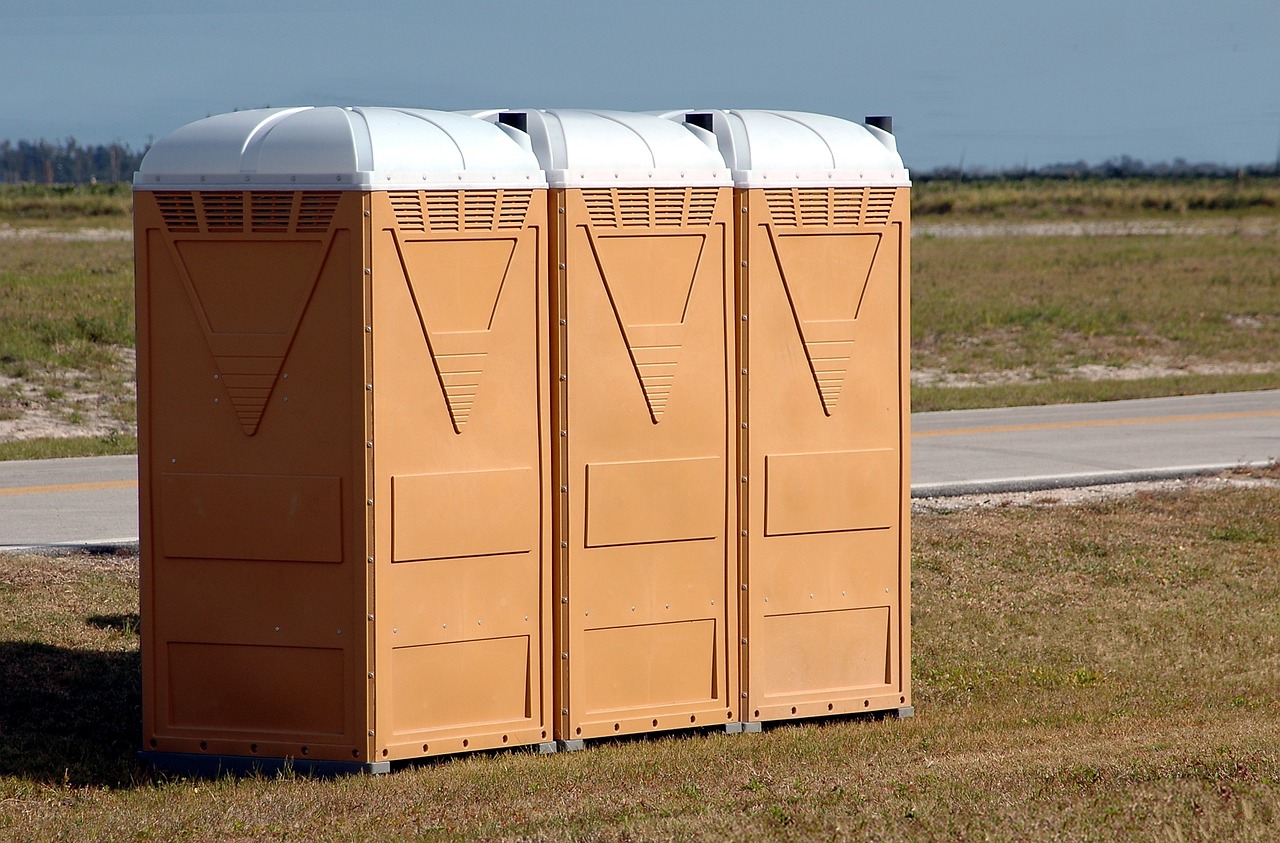In a surprising move, Anchorage’s Assembly recently proposed a $5 million public toilet initiative to be presented to the voters this spring. While the concept of clean and sanitary public restrooms is undoubtedly appealing, especially in contrast to the infamous porta-potties, some lingering questions and concerns have emerged within the community.
The Assembly’s decision to prioritize public toilets over previously voted-down school and library bonds raises questions about the community’s priorities. As the campaign season kicks off, the focus shifts from books to bathrooms, prompting speculation on how this unexpected proposal will resonate with the voters.
Reflecting on personal experiences in various developing countries, where public restrooms play a crucial role, there’s a genuine desire to support this initiative. Having encountered efficient and well-maintained toilets in Europe, the potential benefits are evident. However, the lack of comprehensive information preceding the bond approval leaves room for skepticism.
As a concerned citizen and self-proclaimed bleeding-heart liberal, supporting the cause is a natural inclination. However, crucial details remain undisclosed. One pressing question pertains to the maintenance of these facilities. Who will be responsible for cleaning them, and how many personnel will this task require? Will the city hire new employees for this purpose? Furthermore, are these toilets connected to the city’s water and sewage systems? Regular inspections, preferably multiple times a day, are essential to ensure they remain clean and functional.
Another critical consideration is the geographical placement of these public toilets. Will they be concentrated in the downtown area, or will they be strategically distributed throughout the city? Additionally, their usability during the winter months, especially after the tourist season, remains uncertain.
The lack of proactive public information about the proposal raises concerns about transparency and community engagement. While the concept is commendable, addressing these questions will be crucial in garnering widespread support. As the campaign progresses, it is hoped that detailed information on the logistical aspects of this initiative will be disseminated to the public, allowing for a more informed decision when it comes time to vote.
